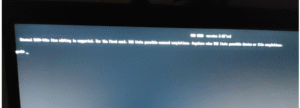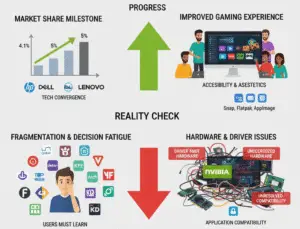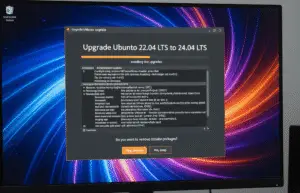
Zero Trust Security in 2025: The Future of Hack-Proof Protection
Introduction: Why “Trust No One” is the New Security Rule
Imagine a bank that verifies every employee—even the CEO—every time they enter the vault. That’s Zero Trust security, and by 2025, it will protect everything from your smartphone to power plants. No more “once you’re in, you’re trusted” – every access request gets verified, every time.
This simple guide explains:



What is Zero Trust? (No Tech Jargon)
Zero Trust means never automatically trusting anything trying to connect to systems or data. Instead:
Verify first: Check every login attempt
Assume breach: Act like hackers are already inside
Least access: Give only minimum needed permissions
Examples You Know:
Bank apps asking for fingerprint every time
Work emails requiring extra login on new devices
Google making you confirm it’s really you
5 Ways Zero Trust Will Work in 2025
1. Invisible Multi-Factor Authentication (MFA)
2025 Standard:
Face scan + behavior analysis (how you type/move phone)
No more annoying codes – happens silently in background
Current Example:
Apple’s Face ID + movement detection
2. Smart Network Segmentation
New Protection:
Hackers can’t move between systems (like office vs. factory networks)
Even if they breach one area, they’re contained
Working Now:
Google’s BeyondCorp separates every service
3. Continuous Verification
Game Changer:
Checks don’t stop after login
If behavior changes (sudden large download), access revokes
Real Implementation:
Microsoft Azure checks every 5 minutes
4. AI-Powered Threat Detection
2025 Upgrade:
Spots hackers mimicking legitimate users
Learns your normal patterns (when/where you usually work)
Today’s Tech:
Darktrace’s AI detects insider threats
5. Self-Healing Systems
Future Protection:
Automatically isolates infected devices
Patches vulnerabilities before hackers exploit
Coming Soon:
Cisco’s self-defending networks
How Zero Trust Actually Works (Step-by-Step)
Request: You try to access a file
Verify: System checks:
Who you are (biometrics)
Device security (updated OS?)
Location (unusual country?)
Access Decision: Granted/denied in milliseconds
Monitor: Watches for suspicious activity continuously
Analogy: Like a nightclub with face ID, pat-down, AND bouncers watching you all night
Why This Matters to You
For Employees:
Work from anywhere securely
No more remembering 20 passwords
For Companies:
For Everyone:
Fewer data leaks exposing your info
More protection against identity theft
Addressing Common Concerns
“Isn’t this annoying?”
2025 solutions run silently in background after initial setup
“Can hackers still get in?”
Makes breaches 80% harder (NSA data)
“Is this just for big companies?”
No – built into Windows 12, iOS 19, etc.
The Future Beyond 2025
Blockchain-Based IDs: Unforgeable digital identities
Biometric Networks: Your face = your password everywhere
AI Security Guardians: Personalized protection that learns with you
How to Prepare Now
Enable MFA on all important accounts
Update devices regularly
Watch for “Zero Trust” features in your apps
Final Thought: Security That Works Like Your Immune System
Zero Trust doesn’t just build walls – it creates constant defenses at every level. By 2025, this will be standard for everything from your smart fridge to national banks.




